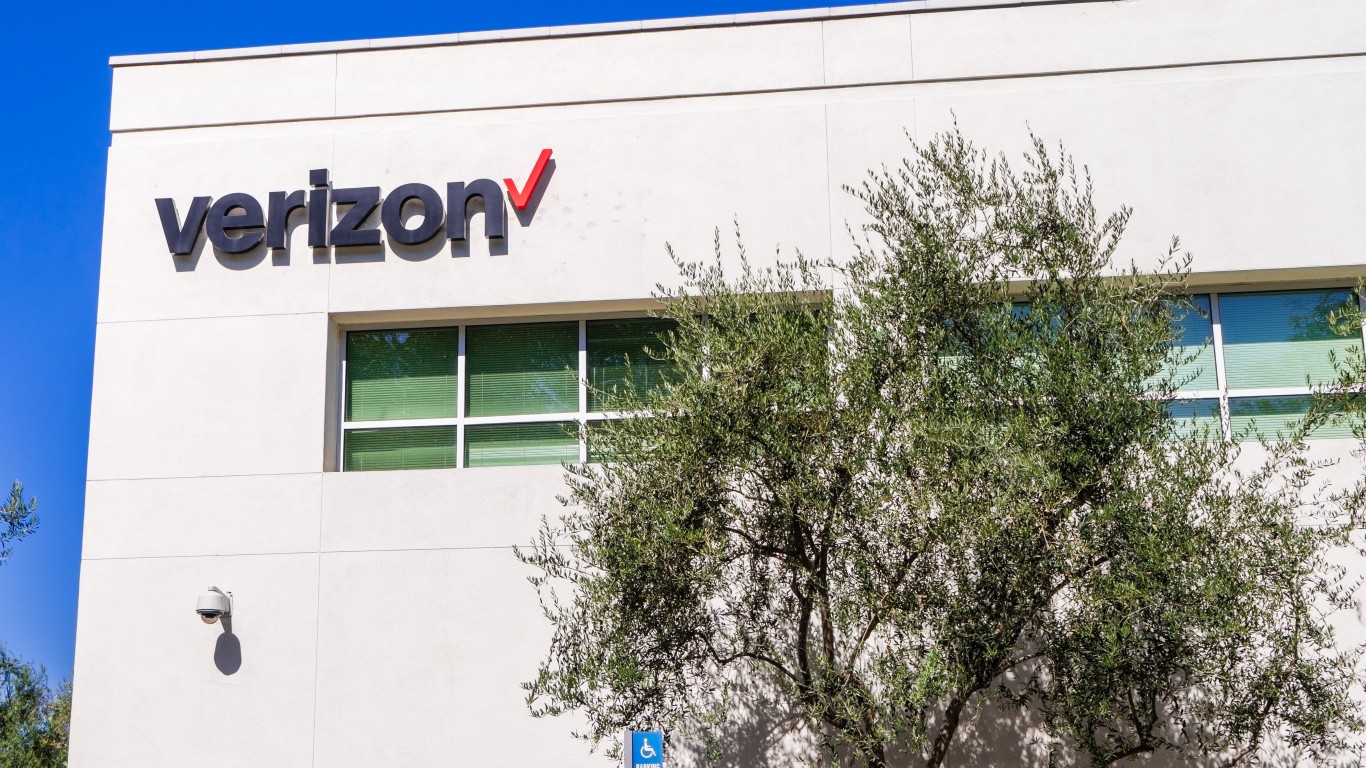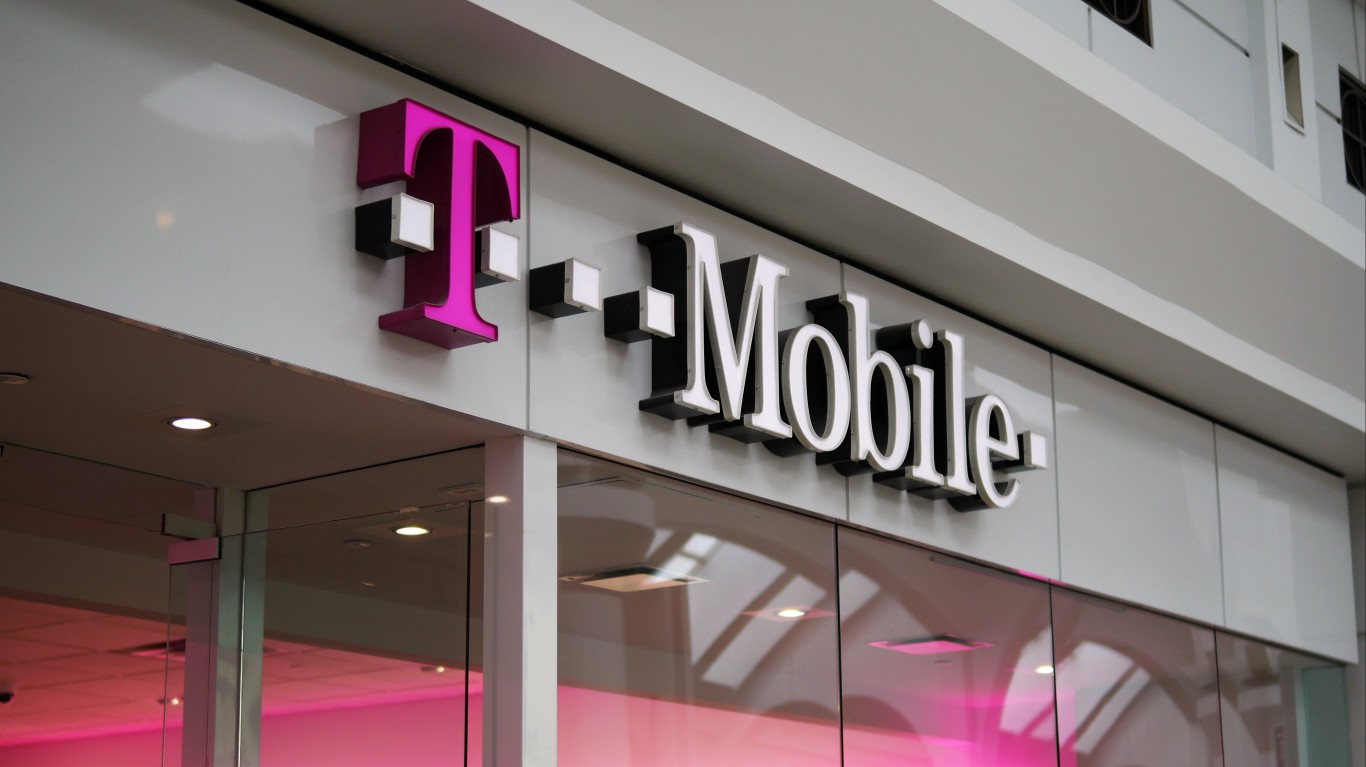by JON C. OGG
November 20, 2006
The VIX, Under a reading of 10.0 is something that many traders on Wall Street have NEVER seen. No kidding. The "VIX" is the Chicago Board Options Exchange (CBOE) Volatility Index, which shows the market’s expectation of 30-day volatility. It is constructed using the implied volatilities of a wide range of S&P 500 index options.
Back in the day of wild trading, we used to see the Volatility Index (the VIX) trade in the 20’s, 30’s, and even higher. As the market goes up and as the market moves are not sporadic, the value of the VIX drops. As the market sells off and as the drops become exaggerated, then you see the VIX rise. It seems that the market has gotten used to a sub-teens reading on the VIX, but at under 10 you have to wonder if it is too low to not take advantage of some hedging transactions. The VIX is a 30-day reading, but options pricing still is based on this in theory.
Last week this was closing in on 10.0, but this sub-10.0 reading is the lowest in years. That means that investors are not just non-fearful of the market, but it means they are just outright complacent now. This is often called the "Fear Index" and it is obvious there is little to no fear. It also means in general that more traders are buying CALL Options thinking the market is going up rather than down.
This also means that options in many of the normal trading names are theoretically less expensive. That means it becomes less and less expensive to hedge downside because put optiosn are cheaper to buy. Trying to say that you can cheaply hedge transactions in shares like Google (GOOG) or Research-in-Motion (RIMM) is a bit of a stretch because those names are deemed volatile even when the overall market isn’t.
But let’s pretend you had a position in Microsoft (MSFT) and you bought a week or so after the company gave a warning in the summer. You are up huge in the name since you bought at a hypothetical $23.50 after it recovered from its post-July earnings. At almost $30.00 today, you aren’t sure how well this Windows Vista launch is, you know that the Sony PS3 and Nintendo Wii launches are fighting the Xbox 360, you know the company isn’t making any massive projections for Vista, and you keep hearing about soft chip and motherboard sales signaling a weak PC market 2 months out. You won’t know anything about Vista sales in January, so you have to go to APRIL 2007 to hedge the Vista launch. The APRIL07 $30 PUTS cost $1.15 per share/contract, so you decide to spend the $1.15 to lock in a rock-bottom sale equivalent of $28.85 (based on $30 strike minus the $1.15 premium).
The current market shows the $30 strikes for APR07 at $1.60 to Buy the CALLS and $1.15 to Buy the PUTS. The call options at $29.80 are not even in the money, but there is $0.20 intrinsic value in the Put contracts. This shows that no one is worried about the market falling.
Please don’t interpret this as a "The market has it all wrong and people need to worry about the bottom dropping out" because that is not the intent. What is amazing though is that investors tend to look at protecting profits and making bets about a market or sector drop after it is too late. That is when they tell themselves "Oh man. I could have bought downside protection for 5 months for about 4% of the price of the stock. I could kick myself for not doing that."
So, in summary you have all the opportunity in the world to lock-in some gains here by buying put options that are at the money or slighly out of the money. You can also write at the money or slightly out of the money calls, but that locks you into holding positions and also takes away big upside if we get a flat December and a stellar January. Hedging entire portfolios here is becoming very cheap.
In 20 Years, I Haven’t Seen A Cash Back Card This Good
Credit card companies are at war, handing out free rewards and benefits to win the best customers. A good cash back card can be worth thousands of dollars a year in free money, not to mention other perks like travel, insurance, and access to fancy lounges. Our top pick today has pays up to 5% cash back, a $200 bonus on top, and $0 annual fee. Click here to apply before they stop offering rewards this generous.
Flywheel Publishing has partnered with CardRatings for our coverage of credit card products. Flywheel Publishing and CardRatings may receive a commission from card issuers.
Thank you for reading! Have some feedback for us?
Contact the 24/7 Wall St. editorial team.



